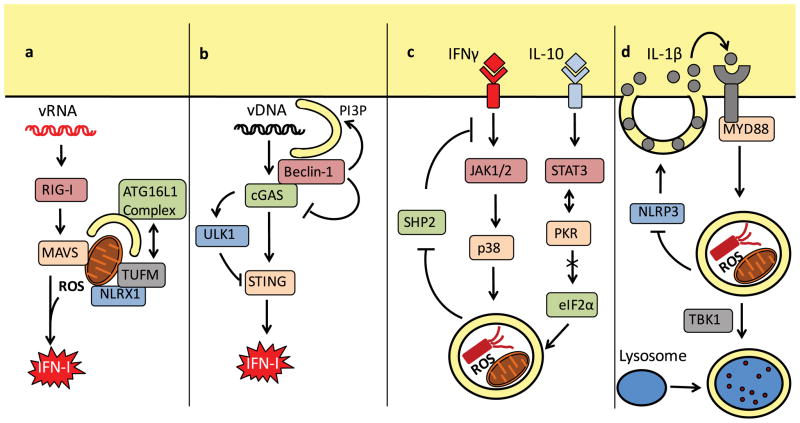Figure 2. Intersection between autophagy and cytokines.
Several examples have been reported in which autophagy regulates cytokine production, or is subject to regulation by cytokines. Viral RNA (vRNA) recognition by RIG-I induces mitochondrial ROS production and MAVS signaling, leading to IFN-I transcription. Mitophagy following recruitment of the ATG16L1 complex by NLRX1 and TUFM (or COX5B, not shown) inhibits this pathway by removing the MAVS signaling platform and inhibiting ROS production (a). cGAS converts cytosolic DNA (from viruses, bacteria or host) to cGAMP for recognition by STING and subsequent IFN-I signaling. cGAS activates ULK1, which mediates an inhibitory phosphorylation of STING. Also, binding between beclin-1 and cGAS allows beclin-1 to induce autophagy through the PI3KC3 activity to remove the cytosolic DNA and simultaneously inhibits cGAS-dependent IFN-I production (b). IFN-γ induces autophagy through JAK1, JAK2, and p38. This pathway is reinforced by mitophogy because mitochondrial ROS activates SHP-2, an inhibitor of IFN-γ signaling. IL-10 can inhibit autophagy by promoting binding between STAT3 and PKR, which inhibits activation of eIF2α (c). In addition to suppressing IL-1β production by inhibiting the NLRP3 inflammasome, autophagy mediates the secretion of IL-1β. Extracellular IL-1β signals through the IL-1R and MYD88 to induce autophagy, and autophagosome maturation and degradation of engulfed material including intracellular bacteria is dependent on TBK1 (d).

